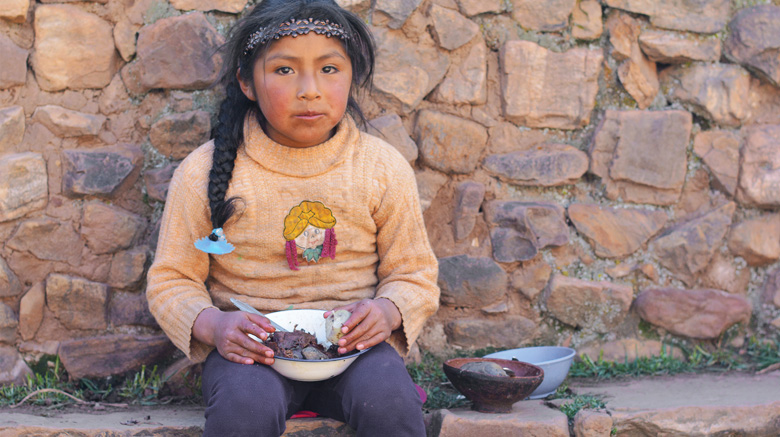Rural counties make up 63% of the US total, but account for 78% of all counties experiencing high food insecurity[1]. Regional food banks serving these communities with food donations are often 100 miles or more away, increasing cost and decreasing frequency of rural food relief. More daunting, warehouse space in these communities is either non-existent or not fit for this purpose. As a result, rural families have less access to fresh food, dairy, and high protein egg and meat products, compared to urban and suburban populations.
The impacts go beyond hunger relief to medical and emotional
well-being. A recent study by the USDA Economic Research Service, noted that “…lower
food security is associated with higher probability of each of the chronic
diseases examined—hypertension, coronary heart disease (CHD), hepatitis,
stroke, cancer, asthma, diabetes, arthritis, chronic obstructive pulmonary
disease (COPD), and kidney disease. Food security status is also strongly
related to the likelihood of chronic disease in general…”[2]

[1] Map the Meal Gap 2019, Feeding America, https://www.feedingamerica.org/sites/default/files/2019-05/2017-map-the-meal-gap-full.pdf, Accessed 10 Oct 2019
[2] Christian A. Gregory, Alisha Coleman-Jensen. Food Insecurity, Chronic Disease, and Health Among Working-Age Adults, ERR-235, U.S. Department of Agriculture, Economic Research Service, July 2017
